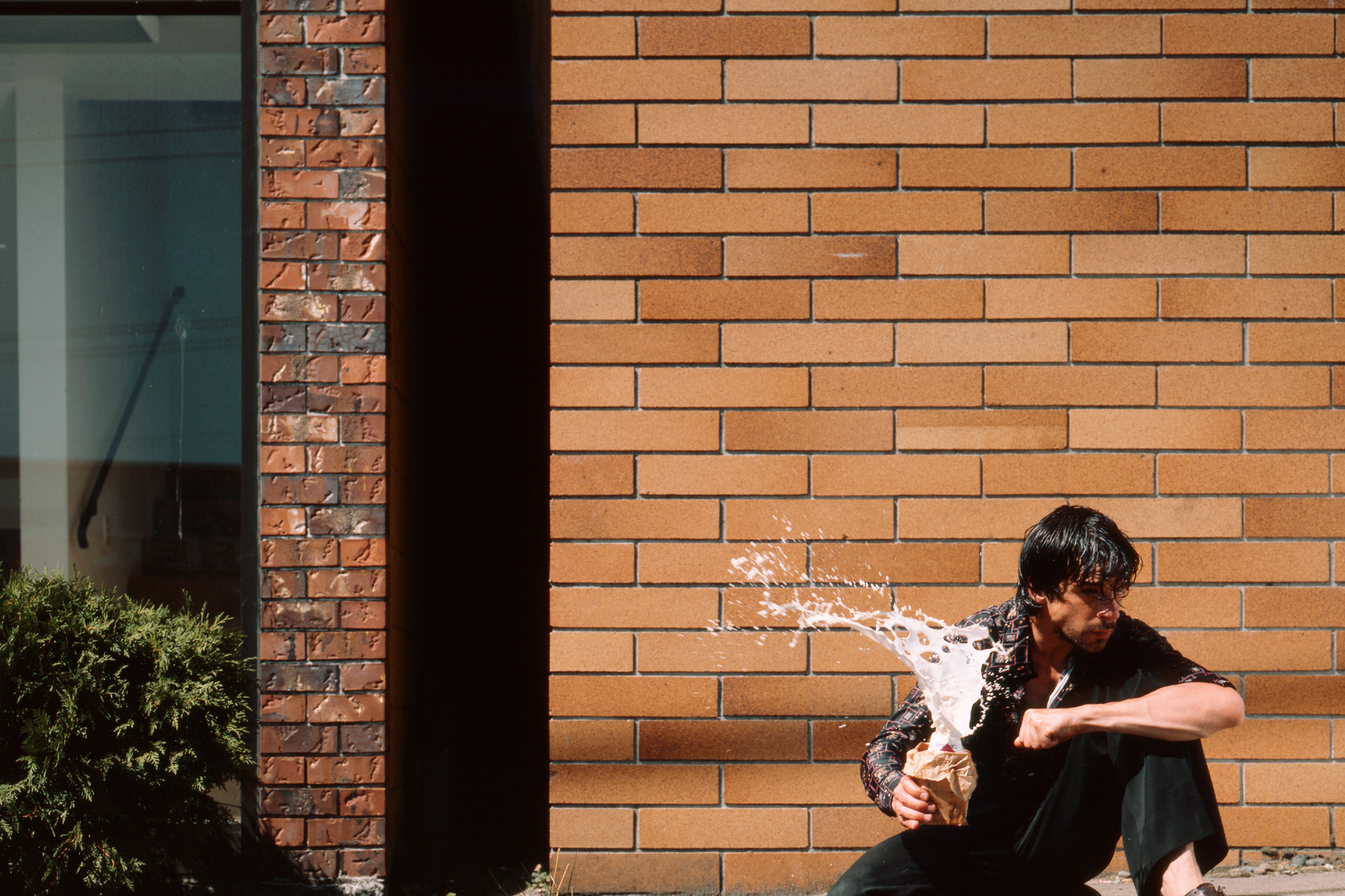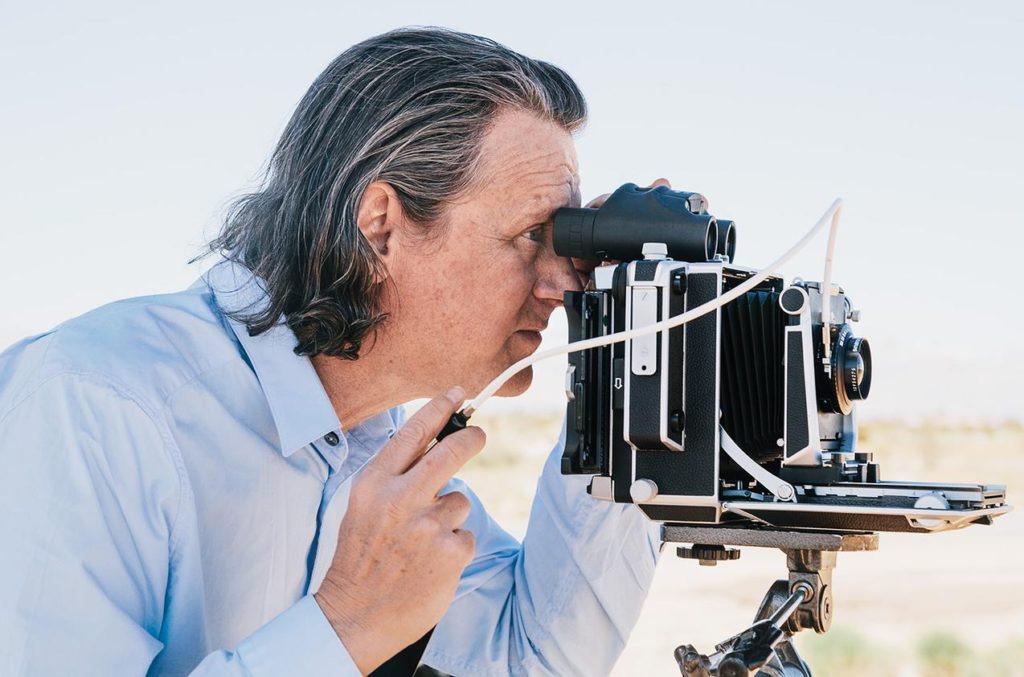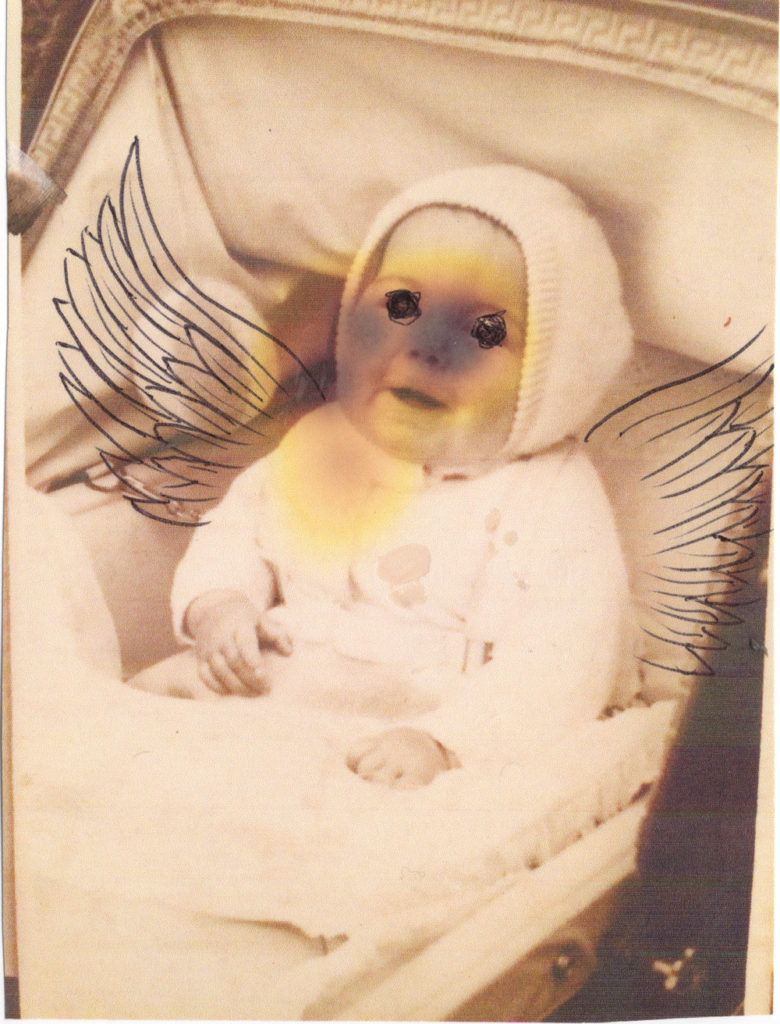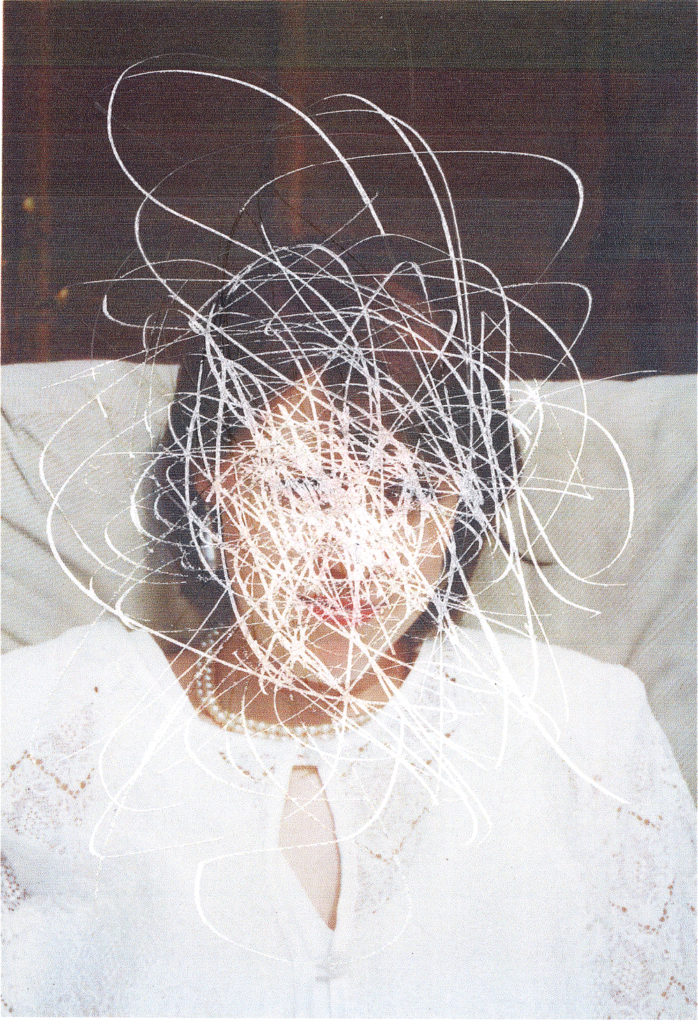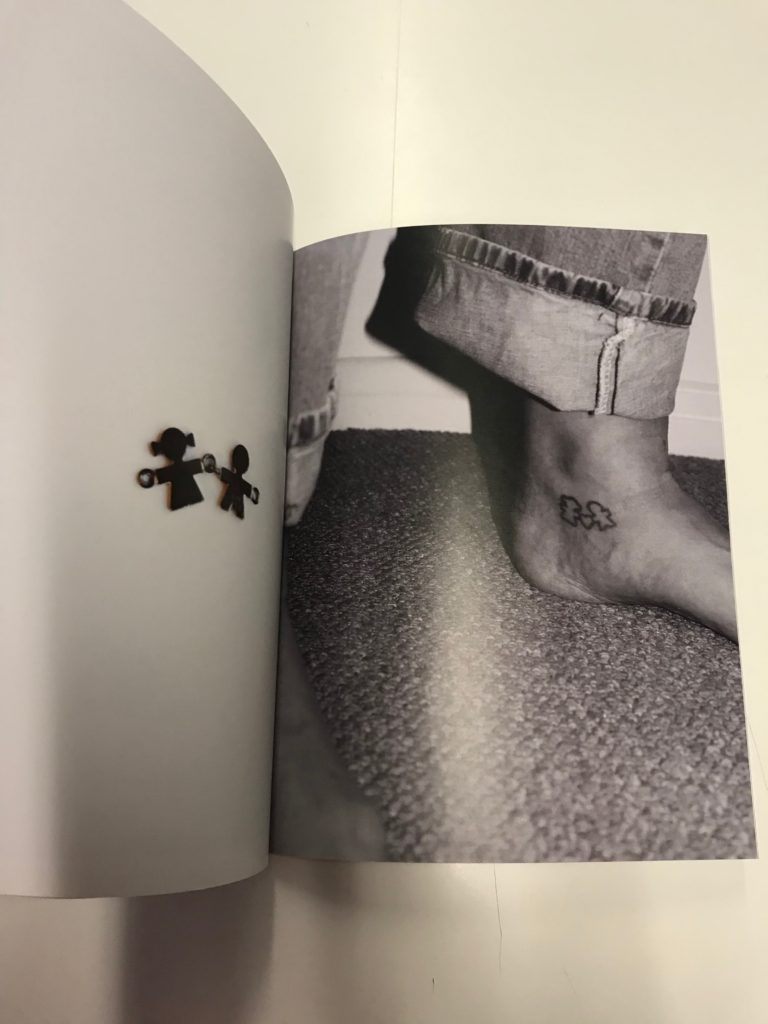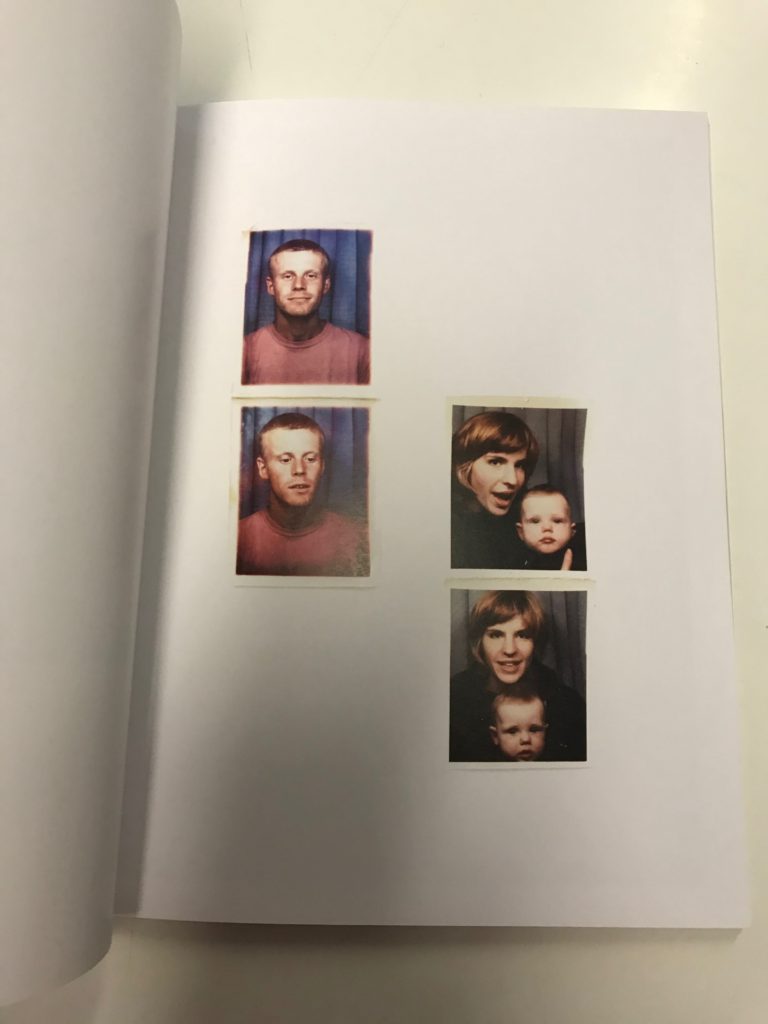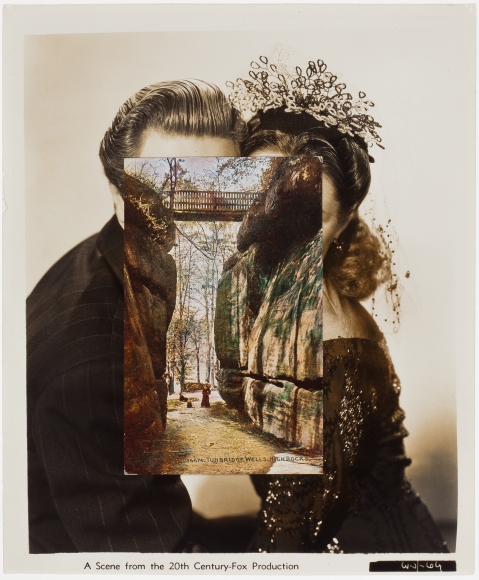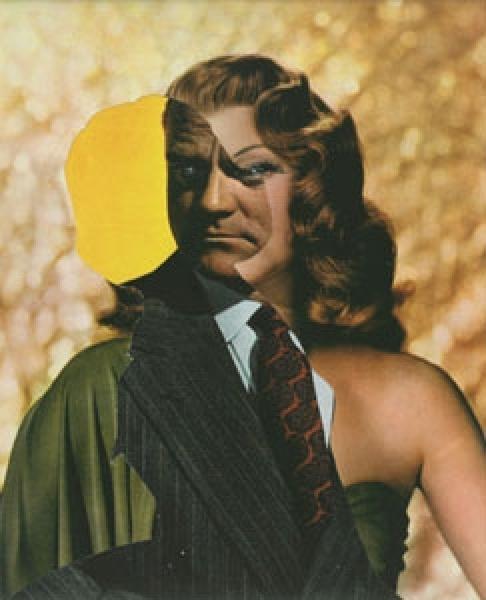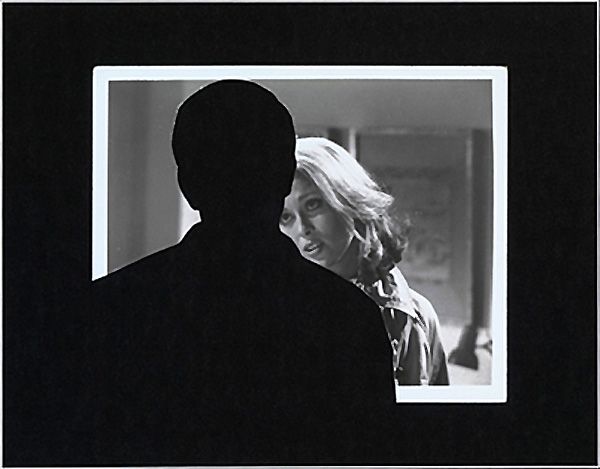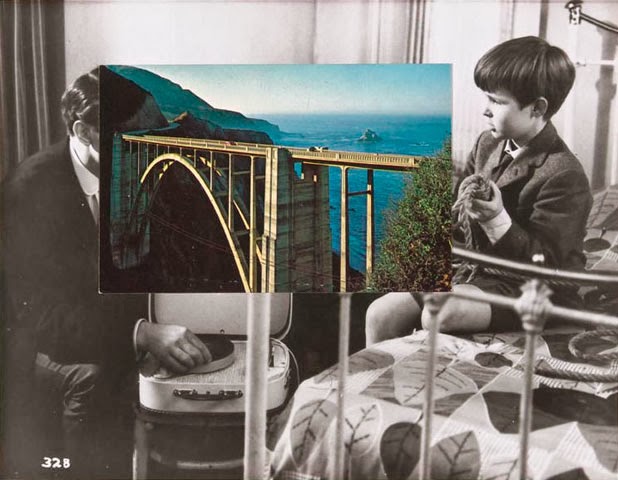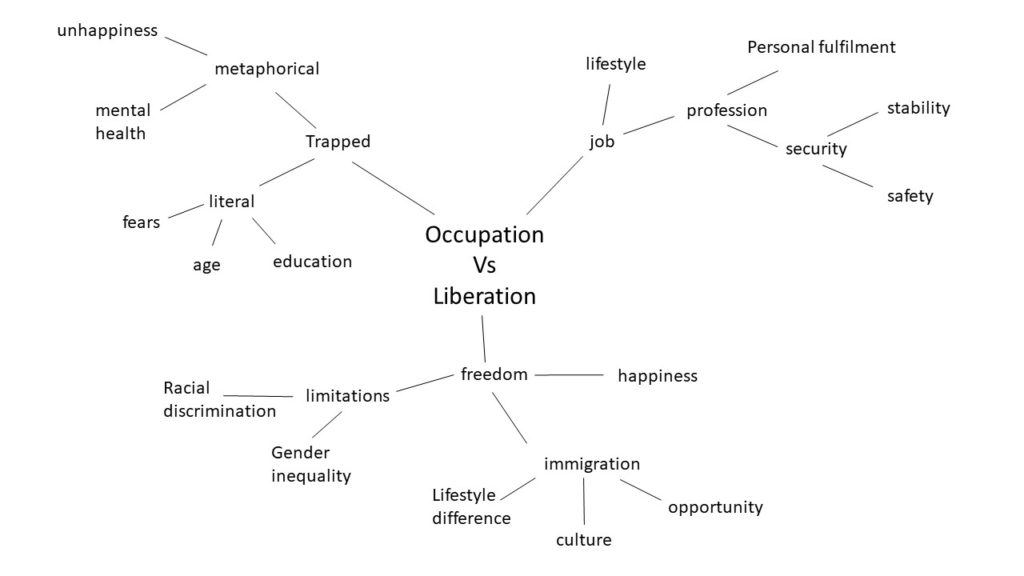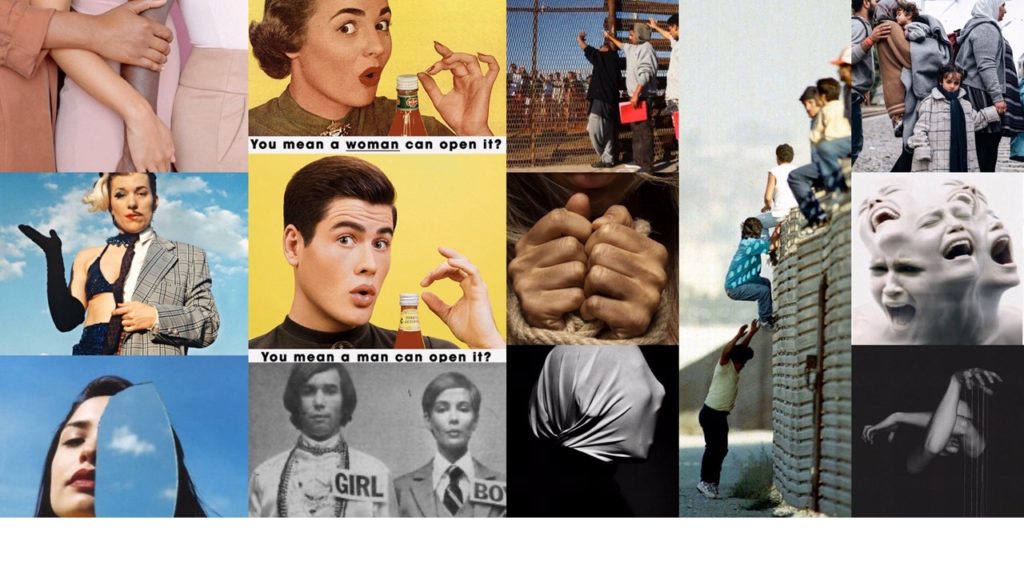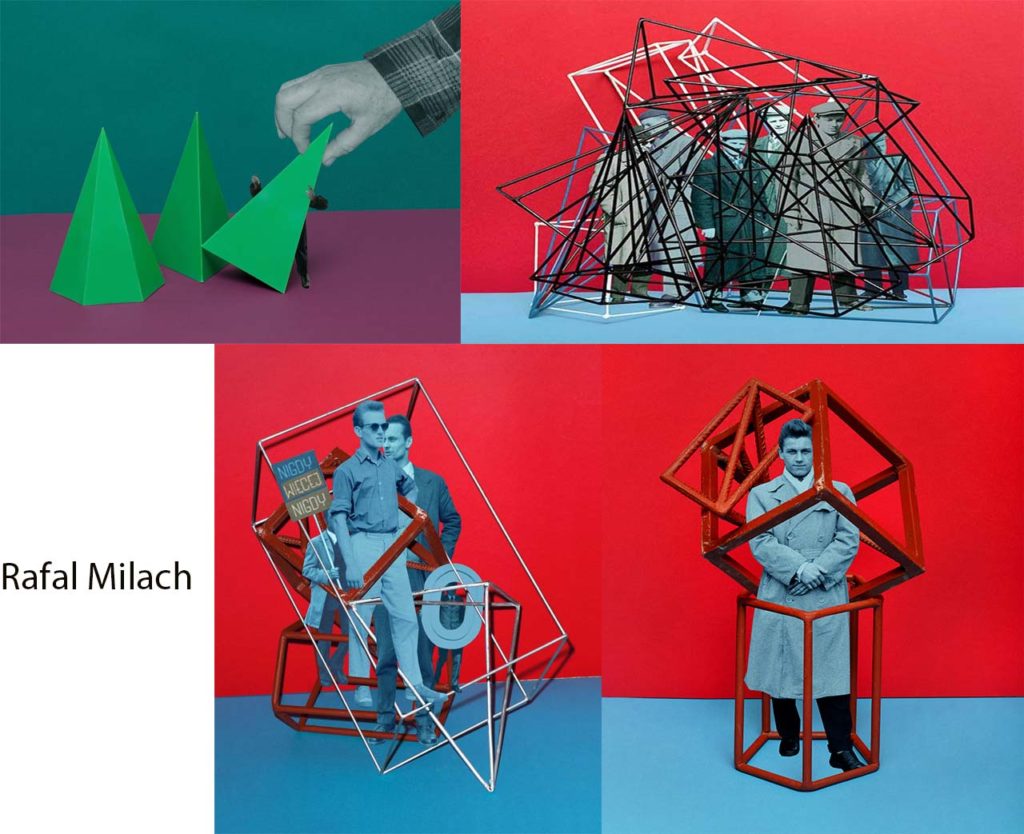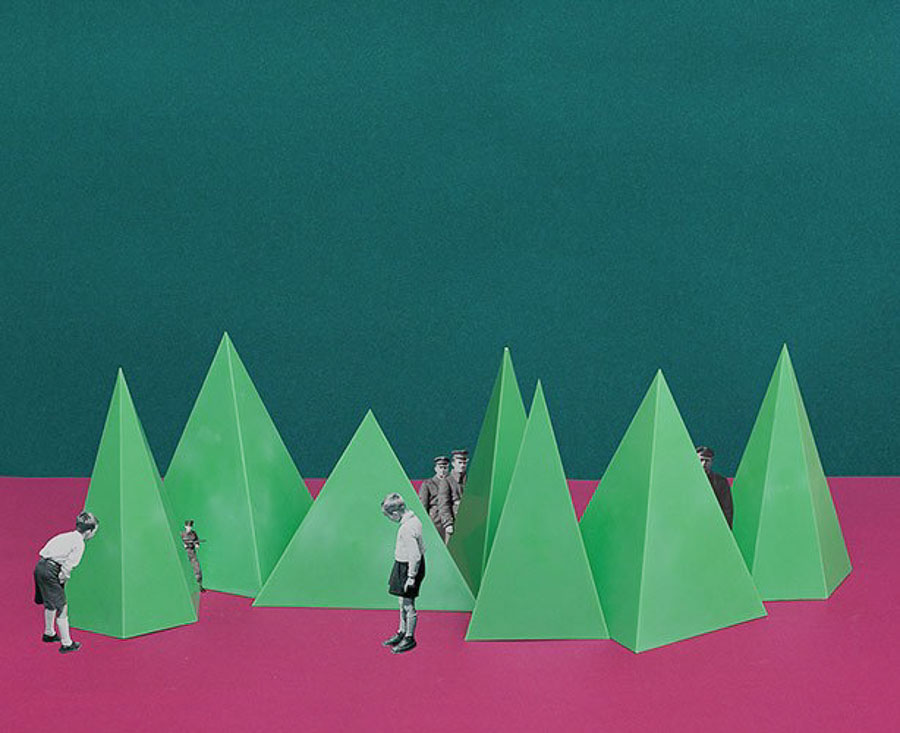Jeff Wall is a Canadian born, Vancouver based photographer who specializes in back lit tableaux photographs of the city of Vancouver itself
Wall studied at the University of British Colombia and graduated with a masters degree in photography in 1970. In the same year he relocated to London to study for a post graduate degree at the courtyard institute, studying with Manet expert T.J Clark. He then went on to become the Assistant professor at Nova Scotia college of Art and Design from 1974-1975 and he then became the associate professor at Simon Fraser University, British Columbia from 1976-1987 whilst also teaching at The University of British Columbia.
Wall is renowned for his tableaux reconstructions of scenarios he had witnessed himself that were representative of the political environment at the time. His photos are always back lit and in a cinematographic style, Depicting more of a story through this means. Due to his tableaux style, His shoots often consisted of many people such as cast, crew as well as digital post production workers. Almost all of his shoots are centered around suburban Vancouver, world renowned for the relationship between the suburban environment and the rural environment. Many of the suburban areas have mountainous backdrops and are bordered by forests as well as having a substantial amount of urban architecture, which Wall finds to be a great way of providing contrast within an image.
Image Analysis

In Walls image ‘Parent Child’ we see a striking usage of colour. The green of the foliage and grass compared with the white shades of the wall and sidewalk as well as the vehicles in the road create a sense of elegance and almost calm. The blue of the sky above also depicts a sense of calm. The child on the floor seemingly sleeping calmly acts as a further metaphor for this portrayal of calm. The father looks over the child dressed in a pink vest and gray shorts, and judging by his slightly slouched posture and his tilted head, He is tired of his child playing games and playing around as he potentially may be on his way somewhere with her and she is holding him up. The image is very bright in itself and consists of high contrast colour to reflect the atmosphere of a sunny midsummer day. Overall there is a sense of serenity and happiness in the image and the person in the background on the scooter can be seen as representative of time passing by. This point is furthermore illustrated by the presence of people walking past the parent and child, just in front of them, with the subject on the left looking over his right shoulder to examine the scene presented before him. This makes us ask the question ‘What is it he sees’? Does he see a Child having a tantrum? Does he see a fed up father? Does he feel sorry for the father?.
Personal Opinion
Personally, I am a big fan of Wall’s work and his representation of modern day life in a suburban community. His usage of back lighting makes his images consistently bright and vibrant and allows for him to experiment with contrast between brighter and darker colors. Walls Tableaux approach is a method that I would like to replicate in my personal study, essentially creating everyday life scenes that appear candid in nature but are actually fully staged and instructed. This would aid me in portraying senses and feelings of occupation and liberty however I please, rather than waiting for an opportunity, I am able to capture exactly what I would like to achieve when I want to capture it.

